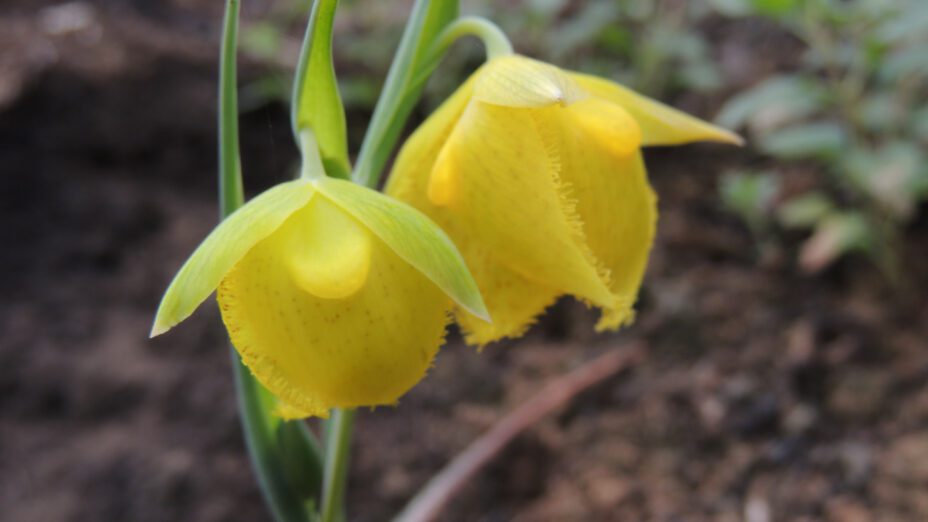
Stewardship Update
Written by Haley Sutton, Land Stewardship Associate
Fire Abatement in Full Swing
Fire abatement normally takes up the month of May, but this year we got a head start in mowing defensible space along roads, fence lines, and structures to ensure grass is no taller than three inches.
This year we are completing fire abatement primarily in-house, between staff and some experienced volunteers, rather than using contractors. Normally we have a May 31st deadline that’s set by local fire protection districts, but this year it’s May 15th.
So most of our field time has been focused on visiting each of our properties, some of which have exceptionally fast-growing grasses that require two mowing passes throughout the season.
Mowing also acts as a weed abatement measure, assuming we can get to the non-native grasses before they go to seed, which offers more sunlight and space for our native plantings. However, it becomes a challenge to avoid the wildflowers sprinkled throughout mowing areas.
During many first visits, we avoided areas with high densities of flowers to allow them enough time to seed before our second pass a few weeks later.
Our properties that are grazed year-round like Mangini Ranch and parts of Curry Canyon Ranch do not require other abatement work because the cattle keep the grasses low enough to meet abatement standards. With another drought year, grass remains fairly short on grazed properties. 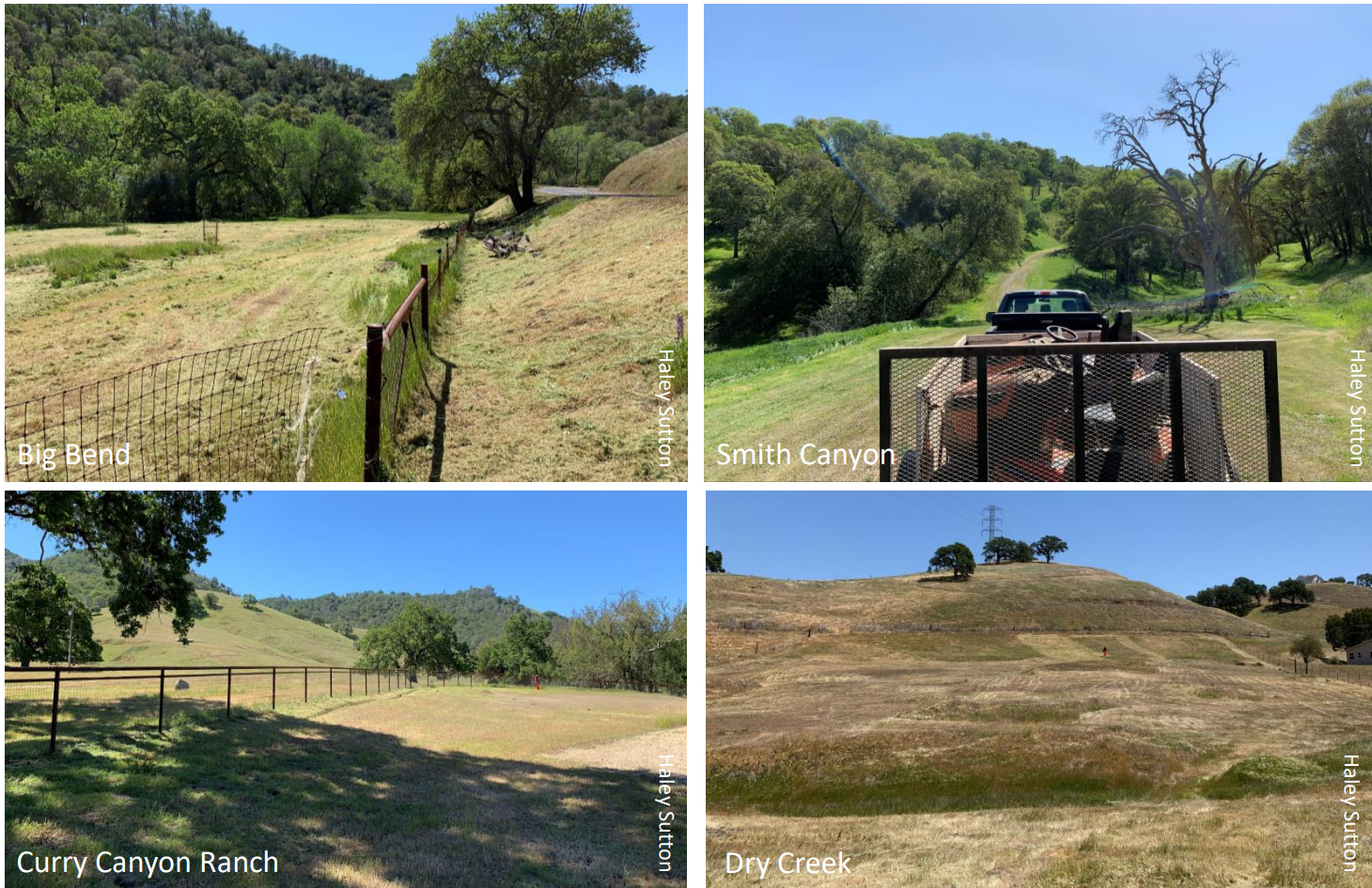
Tree Tubing Trials
Staff continued installing tree tubes along the entrance road to Curry Canyon Ranch and the CCR field station to protect additional seedlings of coast live oaks, valley oaks, blue oaks, and sycamores. We will revisit our first phase of tubing to reinforce protections against cattle with rebar stakes and wire cages.
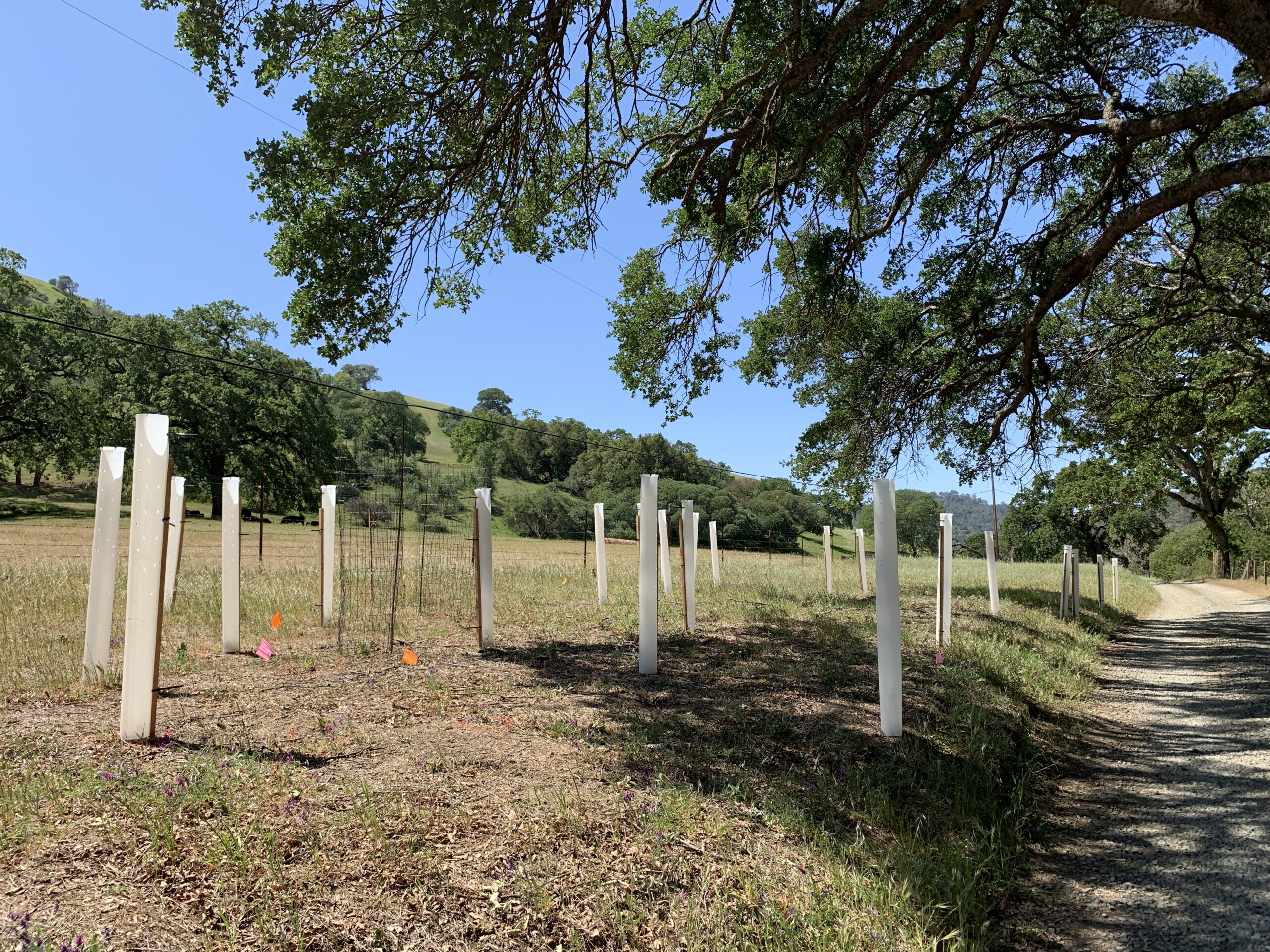
Newly installed tree tubes at Curry Canyon Ranch. Photo by Haley Sutton
Artichoke Thistle, Be Gone!
Staff have identified and treated multiple artichoke thistles (Cynara cardunculus) at Mangini Ranch while they’re still at a controllable size. To fully manage an individual, the entire taproot must be removed to prevent resprouting.
The artichoke thistles we find on our properties are located in disturbed grassland habitat. If an artichoke thistle community goes untreated, it can displace native vegetation and prevent wildlife or livestock from the area.
Staff also look forward to attending a mechanical weed abatement training hosted by Cal-IPC next month to further improve our integrated pest management program.
Outdoor Outing Essentials
Last month readers were asked to share their must-have gear items before hitting the trail. When folks head outside, some essential items include water and a walking stick or trekking poles, a headlamp, and a camera.
Depending on the planned outing, it may also be a good idea to bring a first aid kit, sun protection, and navigation tools.
Nest Boxes Have Visitors
Of the five kestrel boxes Save Mount Diablo has installed on our properties, two are now inhabited. There is an active kestrel nest at Mangini Ranch and a western blue bird nest in the Curry Canyon Ranch Lower 200, both clutches of five eggs.
Two game cameras have also been installed on boxes in collaboration with The Kestrel Campaign on surrounding Mount Diablo lands. We are excited the boxes are in use! 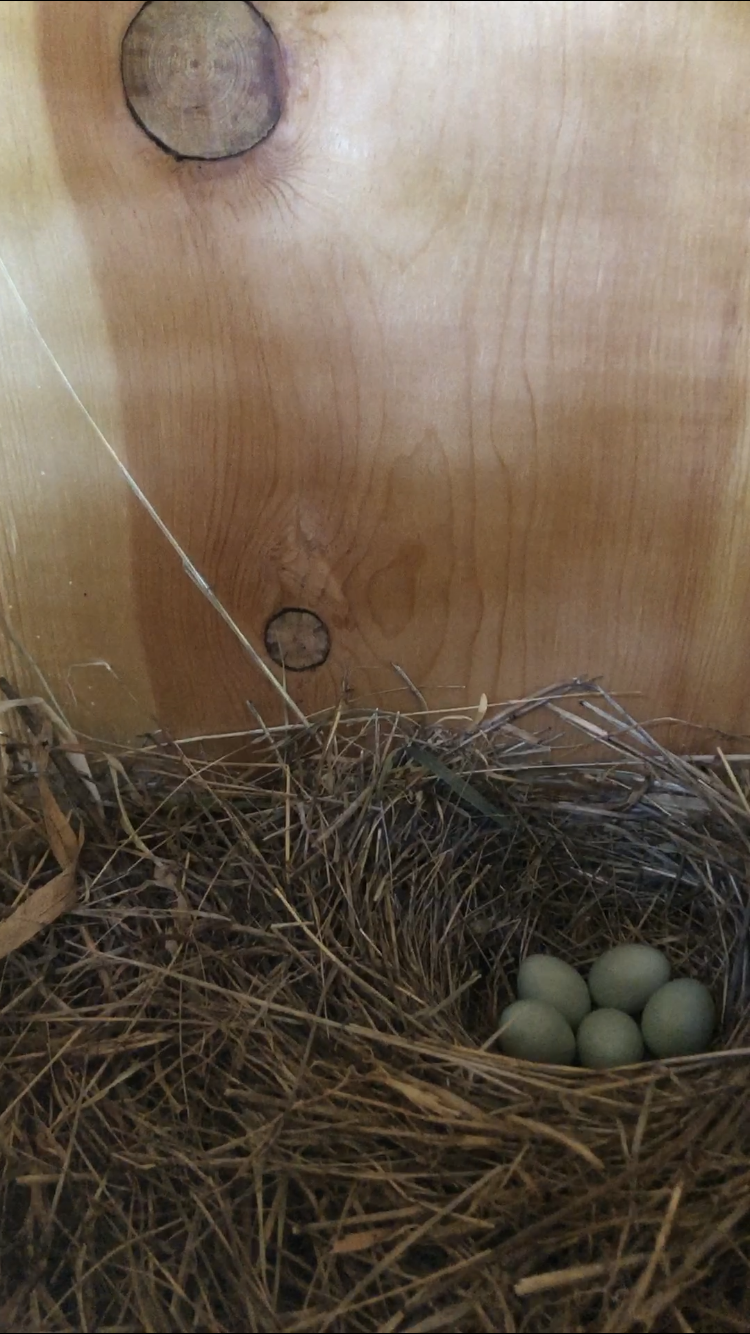
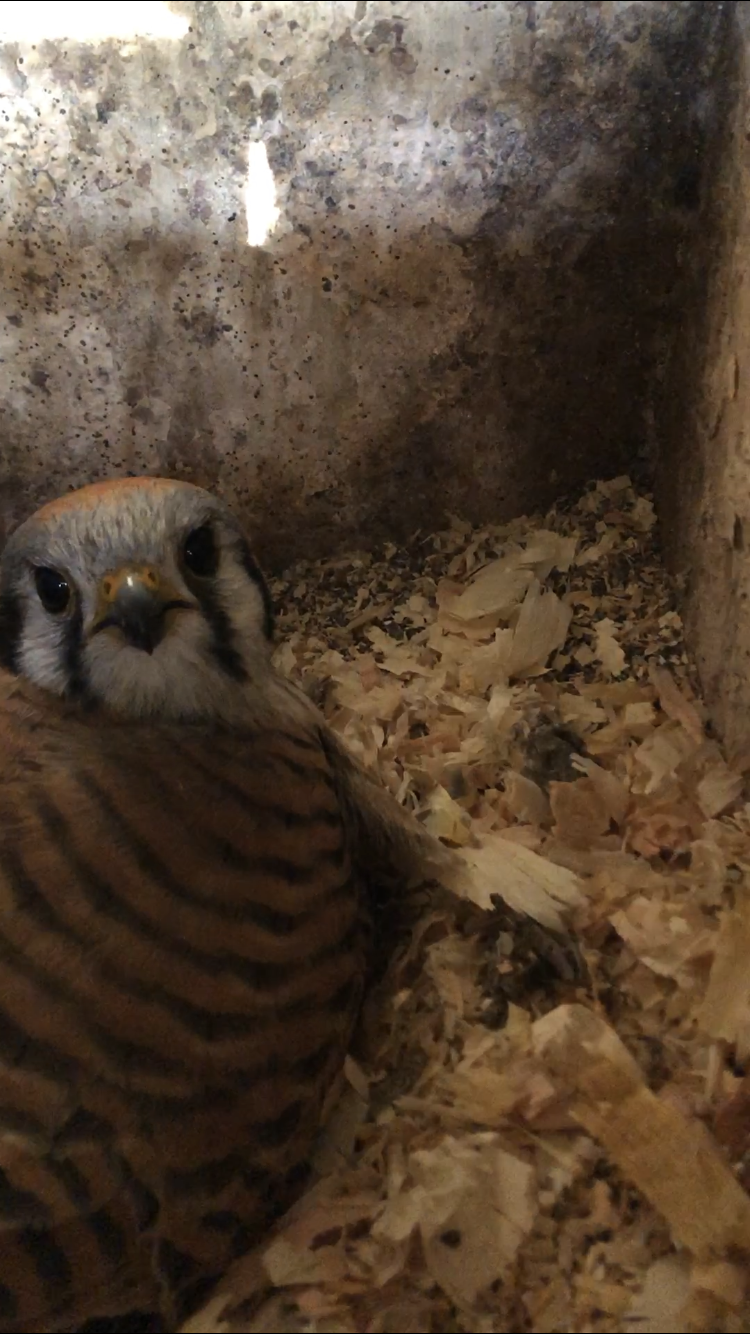
American kestrel. Photo by Haley Sutton
Education and Outreach Update
Written by Denise Castro, Education & Outreach Associate
BioBlitzing for Fire Followers
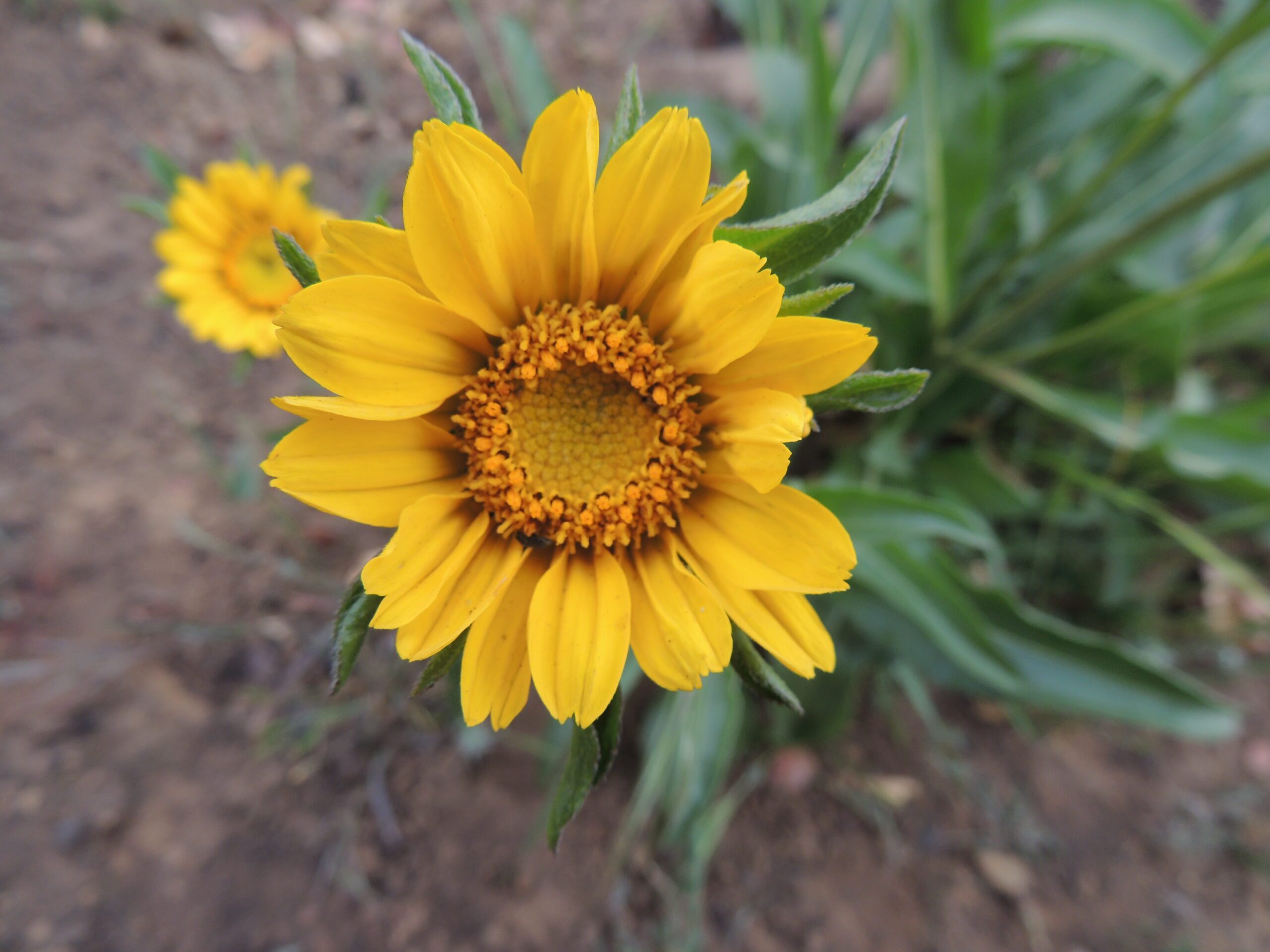
Mount Diablo sunflower (Helianthella castanea)

Fire poppy (Papaver californicum)
Save Mount Diablo’s BioBlitz has been exhilarating! This year, we partnered with the California Native Plant Society (CNPS) by joining their Fire Followers Campaign.
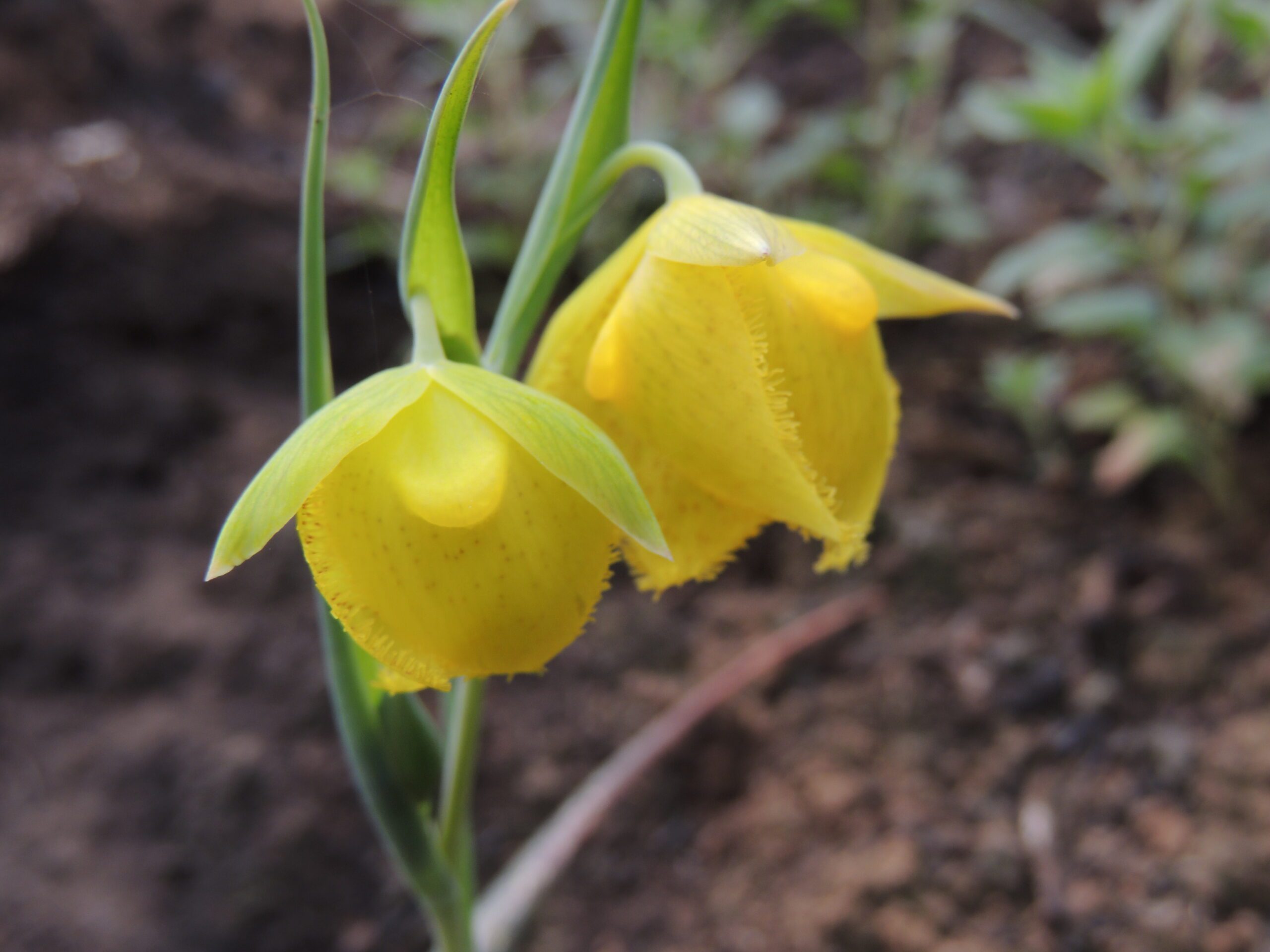
Mount Diablo fairy lantern (Calochortus pulchellus)
We’ve been encouraging participants to upload onto the CNPS SCU Lightning Complex iNaturalist Project. Save Mount Diablo staff has also been exploring different regions of the SCU Lightning Complex fire footprint and found all kinds of awesome plants!
At the start of the BioBlitz, April 17th, the project had 1,913 observations and 168 observers. Now, we have 4,242 observations, 781 species, and 233 observers. Totals will be finalized on May 6th.
Some cool fire followers seen during the BioBlitz include whispering bells (Emmenanthe penduliflora) and fire poppies (Papaver californicum). To learn more about our BioBlitz, check out our BioBlitz web page.
Earth Day Conservation Collaboration Agreement (CCA)
In celebration of Earth Day/Month, Save Mount Diablo held a very special CCA with Joaquin Moraga Intermediate School. We were unable to hold an in-person field day because of COVID-19 restrictions, but teachers worked with their students on environmental service projects across the school (such as planting natives, fruits, and veggies and picking up trash around their neighborhood or local park).
Discover Diablo Program

Hit the Trails: Mountain Biking. Photo by Sean Burke
Good news: Now that Contra Costa County is in the orange tier, we’re able to hold our Discover Diablo events again!
We held six very successful Discover Diablo events in April, including our inaugural mountain biking event at Mangini Ranch. All events were limited to eight participants because of COVID-19 concerns. Here’s how it went down:
April 16th Mitchell Canyon Bird Watching Hike led by Save Mount Diablo’s very own Senior Land Use Manager, Juan Pablo Galván Martínez. Six people attended this hike, including a family with little kids. The kids had a blast learning more about the avian world.
April 17th Los Vaqueros Fire Followers Hike led by Save Mount Diablo volunteers Steve and Carolyn Balling. Eight people attended this hike. Los Vaqueros was one of the public lands affected by the Deer Zone fire (part of the larger SCU Lightning Complex fire footprint). They got to see some cool blooms along the burned area, including Mount Diablo fairy lanterns and larkspurs.
April 18th Mangini Ranch Wildflower Hike led by Save Mount Diablo volunteer Martin Steinpress. Only three people attended this hike, but it was a lovely stroll through one of Save Mount Diablo’s richest conserved lands. Mangini Ranch is always full of surprises!
April 24th Hit the Trails: Mountain Biking (Mangini Ranch/Lime Ridge Open Space) led by Save Mount Diablo volunteer Dave Hammond and our very own Executive Director, Ted Clement. It was a very exciting bike ride! Participants got presentations from conservationists and a legendary rancher, John Ginochio, along the approximate eight-mile loop—with a central message of the importance of respectfully “riding like a conservationist.”
April 24th Mitchell Canyon Wildflower Hike led by Save Mount Diablo volunteers Sharon and Jim Lawrence. Seven participants attended. There wasn’t an abundant selection of wildflowers due to the dry year, but there were still a good number of things to see, including the Mount Diablo fairy lantern!
April 25th Mangini Ranch Wildflower Hike led by Save Mount Diablo volunteer Dave DeRose. Only a few participants showed up because of the rainy forecast, but it was a nice, cloudy day and participants got to see a cool variety of wildflowers. There were yellow lupines too!
Thank you to everyone who has volunteered to lead and sweep these hikes. None of it would be possible if it weren’t for you! More Discover Diablo events are coming up soon. You can sign up for any of our events through Eventbrite. 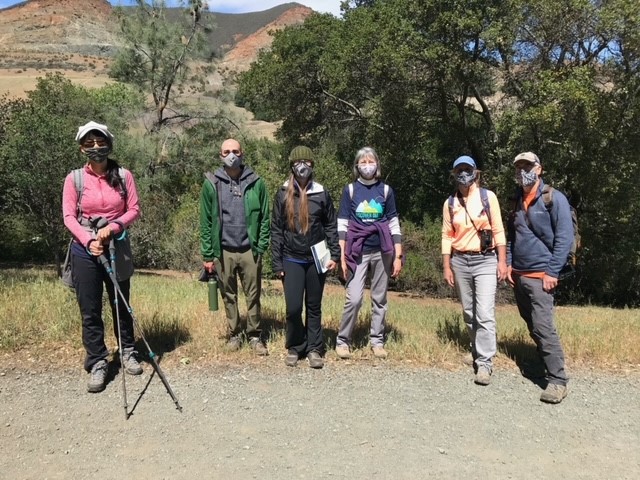
Mitchell Canyon Wildflower Hike. Photo by Jim Lawrence

